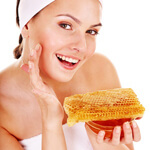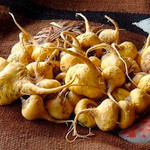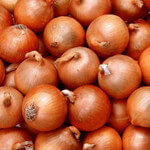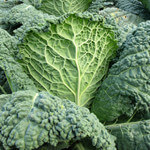 Honey has always been held in high regard by natural health researchers, and for good reason. This sweet yellow liquid, which is made by honey bees from nectar, is packed with essential nutrients and disease-fighting antioxidants. Raw, unprocessed honey is especially nutritious and makes a great natural alternative to refined sugar, aspartame, and other toxic sweeteners.
Honey has always been held in high regard by natural health researchers, and for good reason. This sweet yellow liquid, which is made by honey bees from nectar, is packed with essential nutrients and disease-fighting antioxidants. Raw, unprocessed honey is especially nutritious and makes a great natural alternative to refined sugar, aspartame, and other toxic sweeteners.
While honey has always been revered first and foremost as a food, it also possesses a surprising number of other, non-dietary uses. In fact, along with baking soda, coconut oil, and vinegar, honey is one of the most versatile foods in our kitchens.
Shampoo and Conditioner
Honey makes a great natural shampoo and conditioner for numerous reasons. Firstly, it is comprised of approximately 20 percent vitamins and minerals, which nourish the hair follicles and scalp. Secondly, it is a known humecant (a substance that attracts and retains moisture), meaning it can reduce hair loss by preventing moisture loss. Finally, its proven antiseptic and antibacterial properties protect the scalp from common infections such as eczema and psoriasis.
To use honey as a shampoo, simply mix a quarter cup of it with enough fresh water so that it is thin enough to spread around the hair. Then, apply the mixture to the hair and let it sit for 30 minutes. Lastly, rinse it off with warm water.
Bathing Aid and Skin Cleanser
The same qualities that make honey good for our hair also make it good for our skin. In fact, bathing in honey is an extremely pleasant and natural way to keep the skin soft, clean and rejuvenated. To make a honey bath, add two cups of honey to a running bath then soak in it for 15 minutes. Consider adding some baking soda to the bath for the remaining 15 minutes to remove dead skin cells.
Honey diluted with water also makes a great facewash, and it is well-known for treating acne and other skin conditions. Masks made out of honey are especially potent and renowned for their anti-aging properties.
Treats Cuts and Wounds
The pH of honey ranges from 3.26 to 4.48. This acidity, combined with its antimicrobial, antiviral, antifungal, and antibacterial properties, makes honey a killing field for nasties – they simply don’t stand a chance against it. For this reason, honey – when applied topically – is great for treating minor cuts and wounds, including those that are already infected. It’s also much more natural than commercial antibiotic creams.
Quality is an important issue when using honey to treat infections. The runny, processed honey found in supermarkets, which has been stripped of its essential healing qualities, is not as good at treating infections as raw honey, which retains its natural potency.
Natural Lip Balm
If you regularly suffer from cracked or peeling lips, consider making a natural lip balm out of honey. Firstly, mix one part of warm, recently-melted beeswax to three parts olive or almond oil. Then, add one or two tablespoons of honey to the mixture and allow it to set. You could also add a few drops of an essential oil, such as peppermint oil, to the mixture to improve its soothing qualities.






